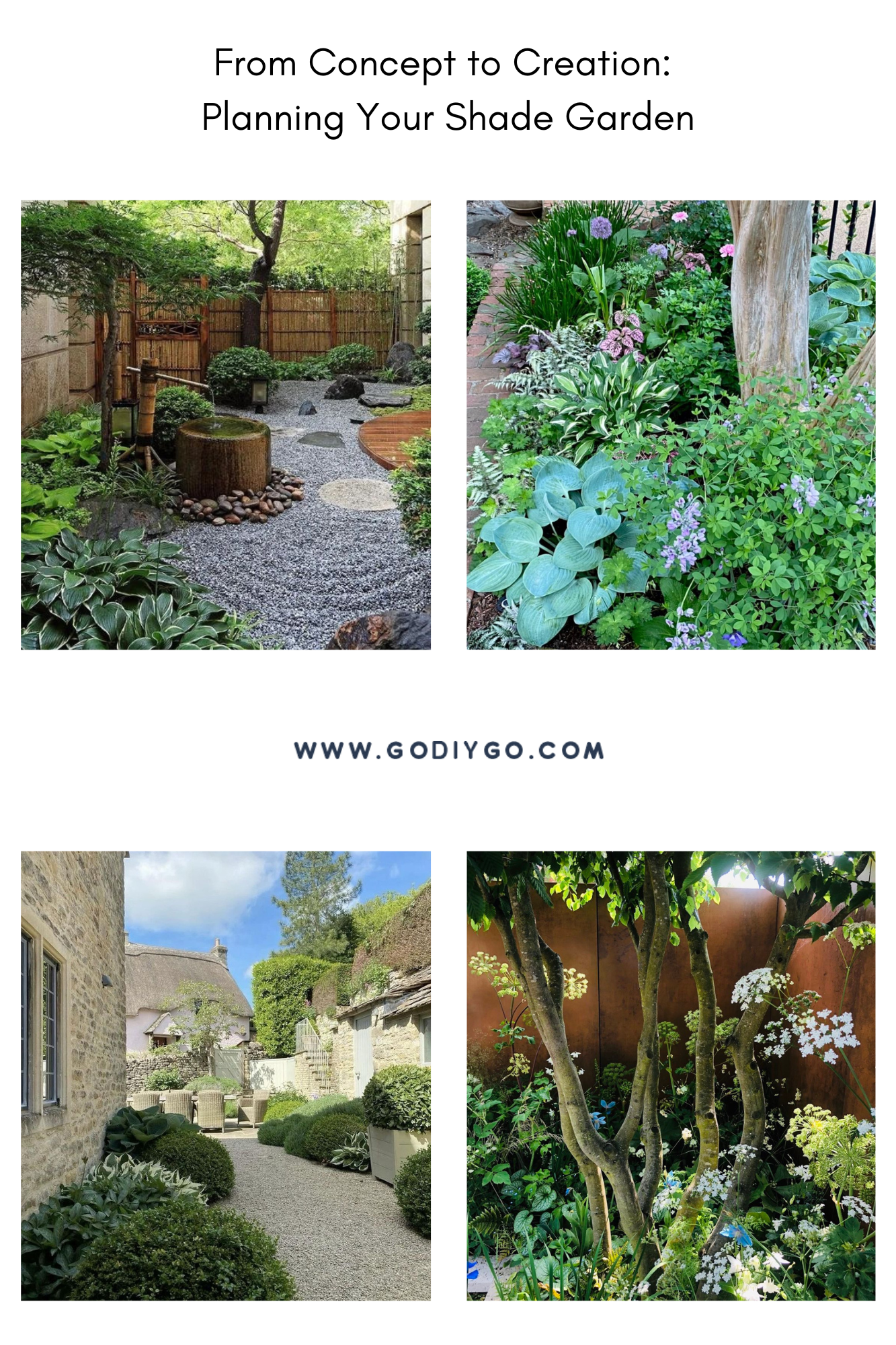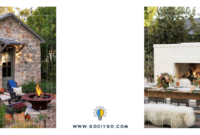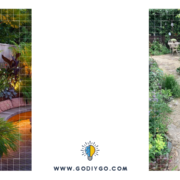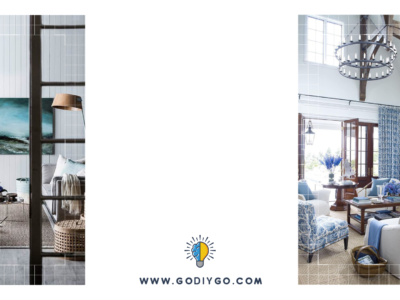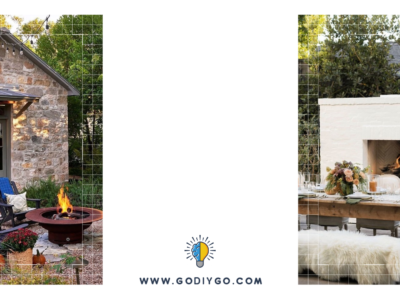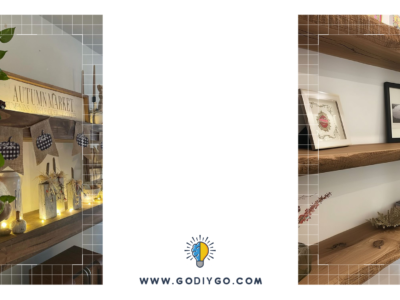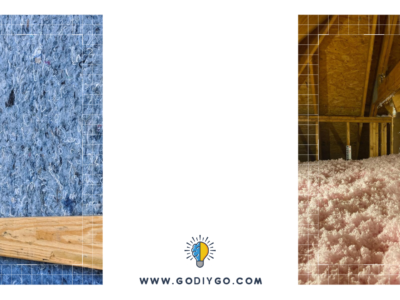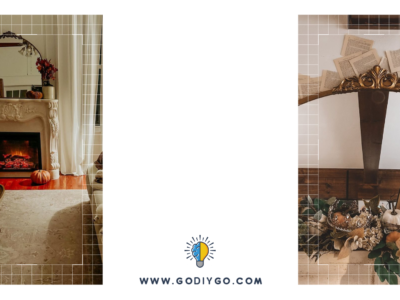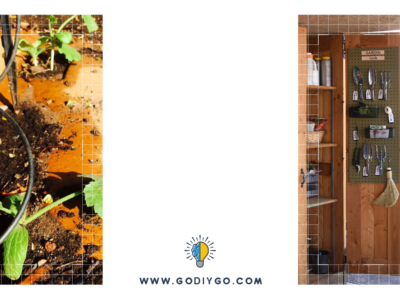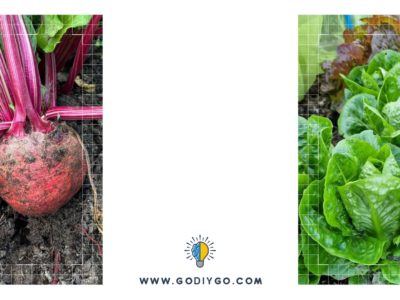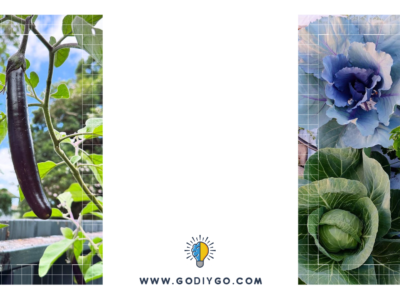Planning a shade garden can be an exciting and rewarding project. Instead of struggling with sun-loving plants in shady spots, embrace the cool, calm vibes of a shade garden. Think about the variety of plants that thrive in low light, like ferns, hostas, and astilbes, and how their lush, green foliage can create a serene oasis. You’ll want to start by observing the patterns of light and shade in your garden throughout the day, then choosing plants that match those conditions. With a bit of planning and creativity, you can turn even the shadiest corners of your yard into a beautiful, thriving garden.
What is Shade Garden
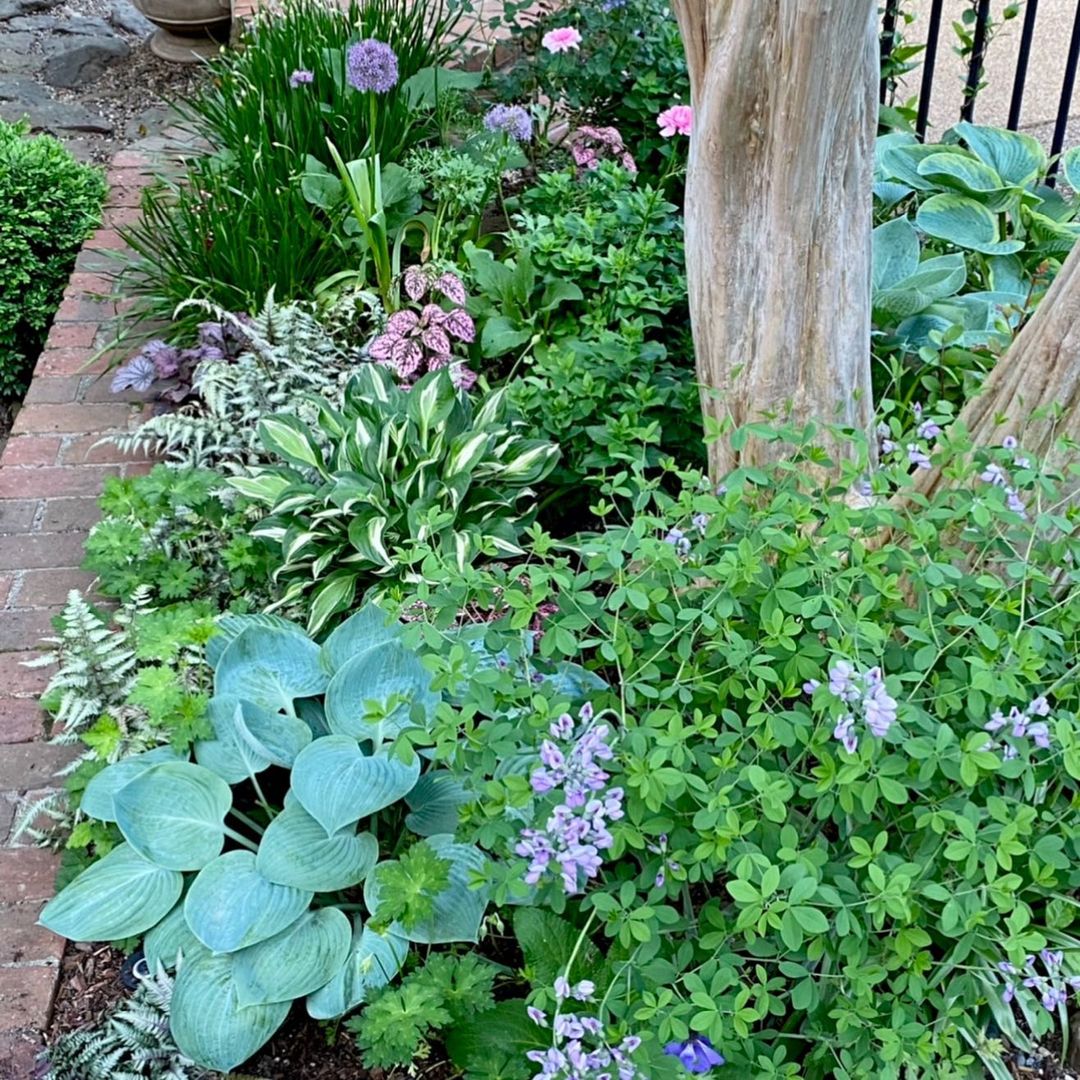
Shade gardens can vary widely in style, from formal and structured layouts to more natural and woodland-inspired designs, depending on the gardener’s preferences and the surrounding environment. Shade garden love from @ thepsychgarden
A shade garden is a type of garden that is designed and cultivated in areas of low or filtered light, typically created by buildings, trees, or other structures that block direct sunlight. Plants in shade gardens are chosen specifically for their ability to thrive in these lower light conditions. These gardens often feature a variety of foliage plants like ferns, hostas, and astilbes, which can flourish in the cool and sheltered environment provided by shade.
Types of Shade
Not all shade is the same, and understanding the differences can help you choose the right plants for your garden. Some plants thrive in full shade, while others need a bit of sunlight to do well. The amount of light your yard gets will guide your plant choices. Here are three types of shade to consider:
Partial Shade
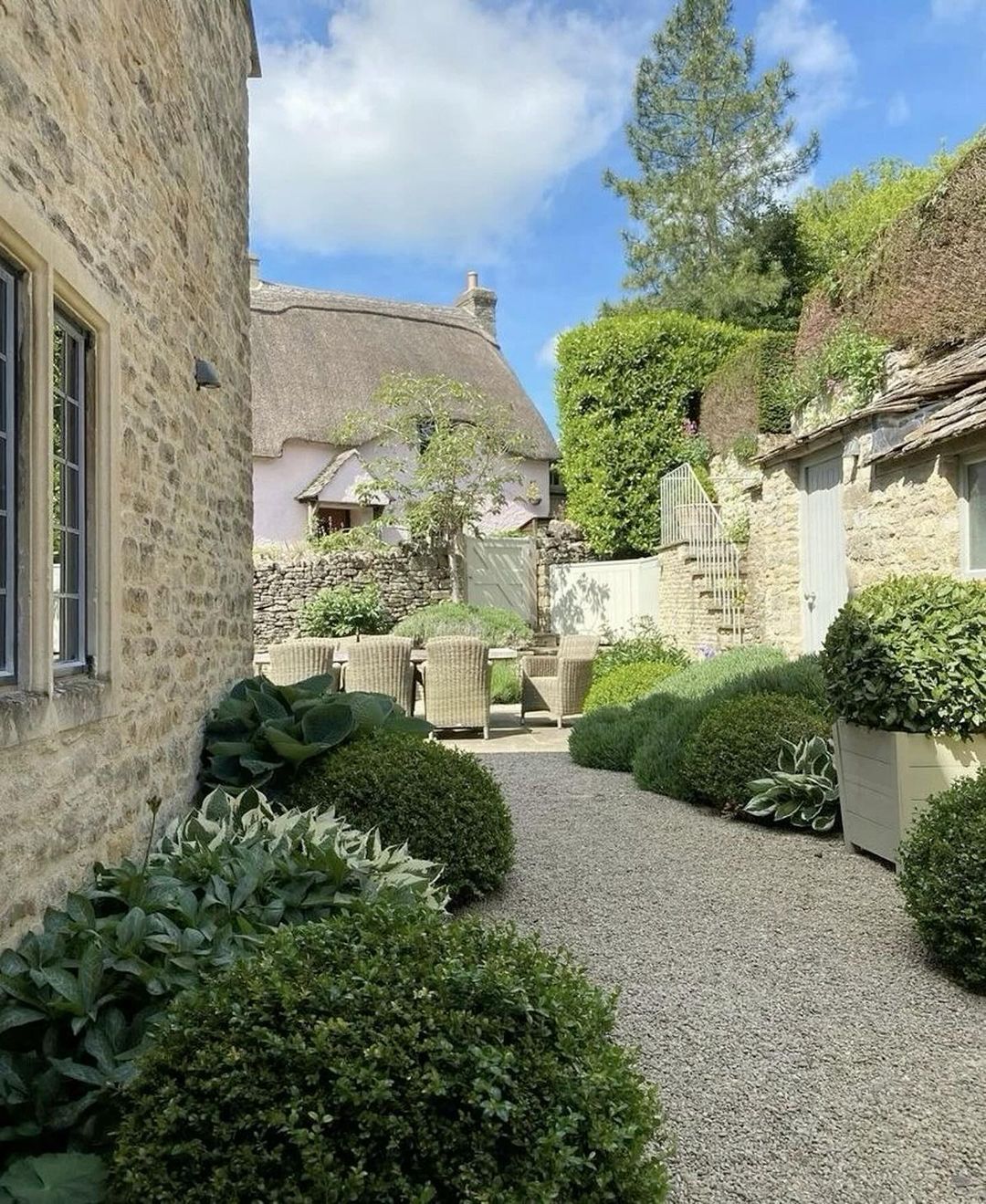
In a garden where dappled sunlight dances through lush foliage, a serene oasis of vibrant colors and delicate blooms emerges. Wonderful courtyard garden from @ aplaceofgardeninspiration
Partial shade is when an area gets 2 to 6 hours of shade each day. This can be caused by buildings, walls, or natural features like hillsides that block the sun for part of the day. East-facing spots, which receive cool morning sun, are great for shade plants. However, west-facing areas, exposed to hot afternoon sun, might cause stress or burnt leaves on some plants.
Full Shade
Full shade means an area gets 6 or more hours of shade each day. You’ll often find this on the north side of a house, in courtyards, between tall buildings, or under solid barriers like roof overhangs or shade cloths. In these spots, choosing plants that thrive without direct sunlight is key.
Dappled Shade
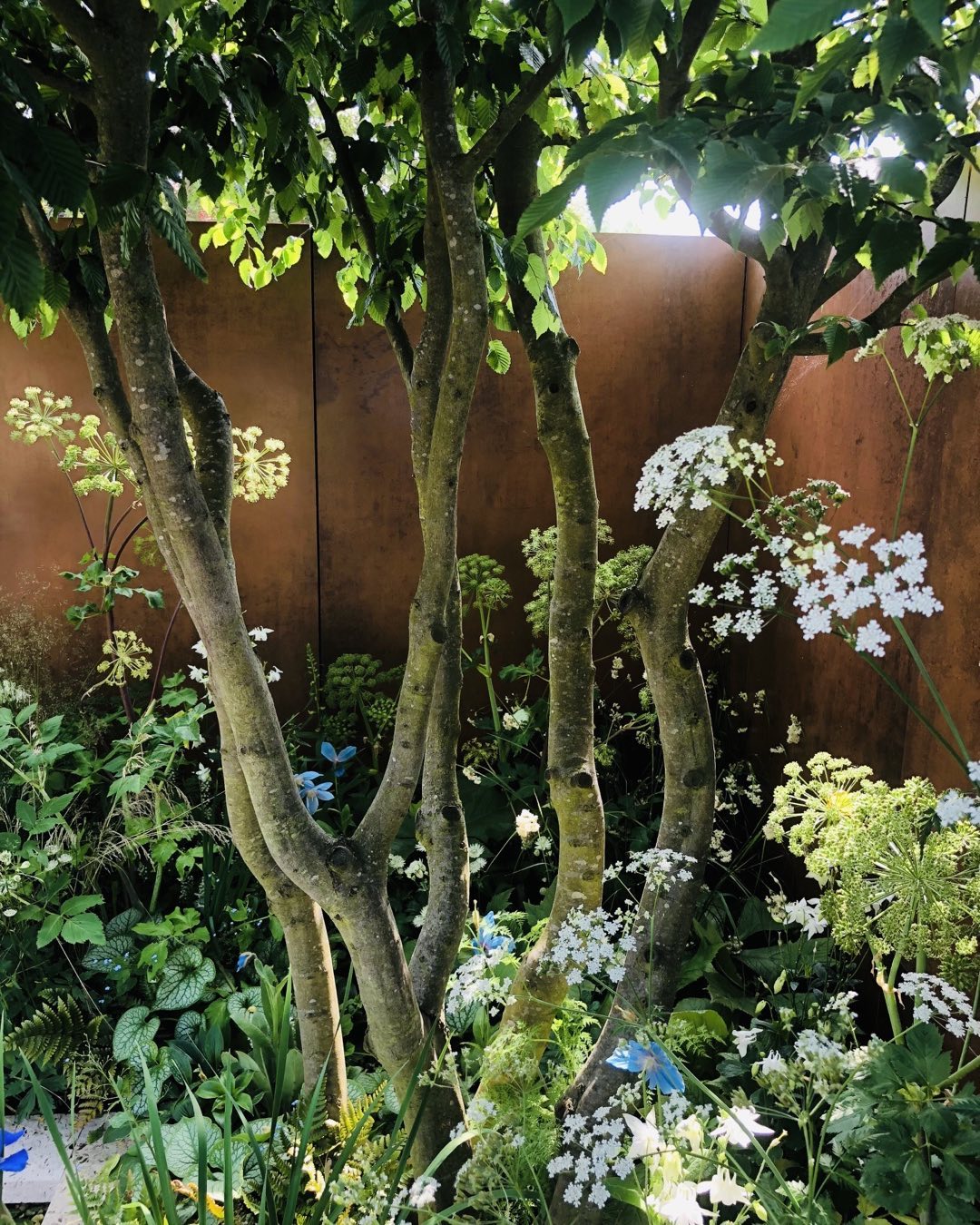
The multi-stemmed Carpinus betulus casts gentle, dappled shade, nurturing a tranquil haven of other plants. Tree for shade from @ davidnealelandscapes
Dappled shade occurs under tree canopies, where sunlight filters through the leaves, creating a mix of light and shadow that shifts throughout the day. The type of tree and the size of its canopy determine how much shade is provided. Plants that can handle varying light conditions are ideal for these areas.
Planning Shade Garden
1. Evaluate the Site
Keep an eye on your yard throughout the year, as the amount of light changes with the seasons. In spring and fall, the sun is lower in the sky, so there’s less light compared to the long days of summer. Areas shaded by deciduous trees will get more light after the leaves drop in late fall until early spring. Also, remember that shady spots can have slower evaporation, leading to standing water, so check for areas where water might pool or drain slowly. Microclimates can also pop up in different parts of your yard, affecting temperature, light, air circulation, and soil conditions.
2. Research
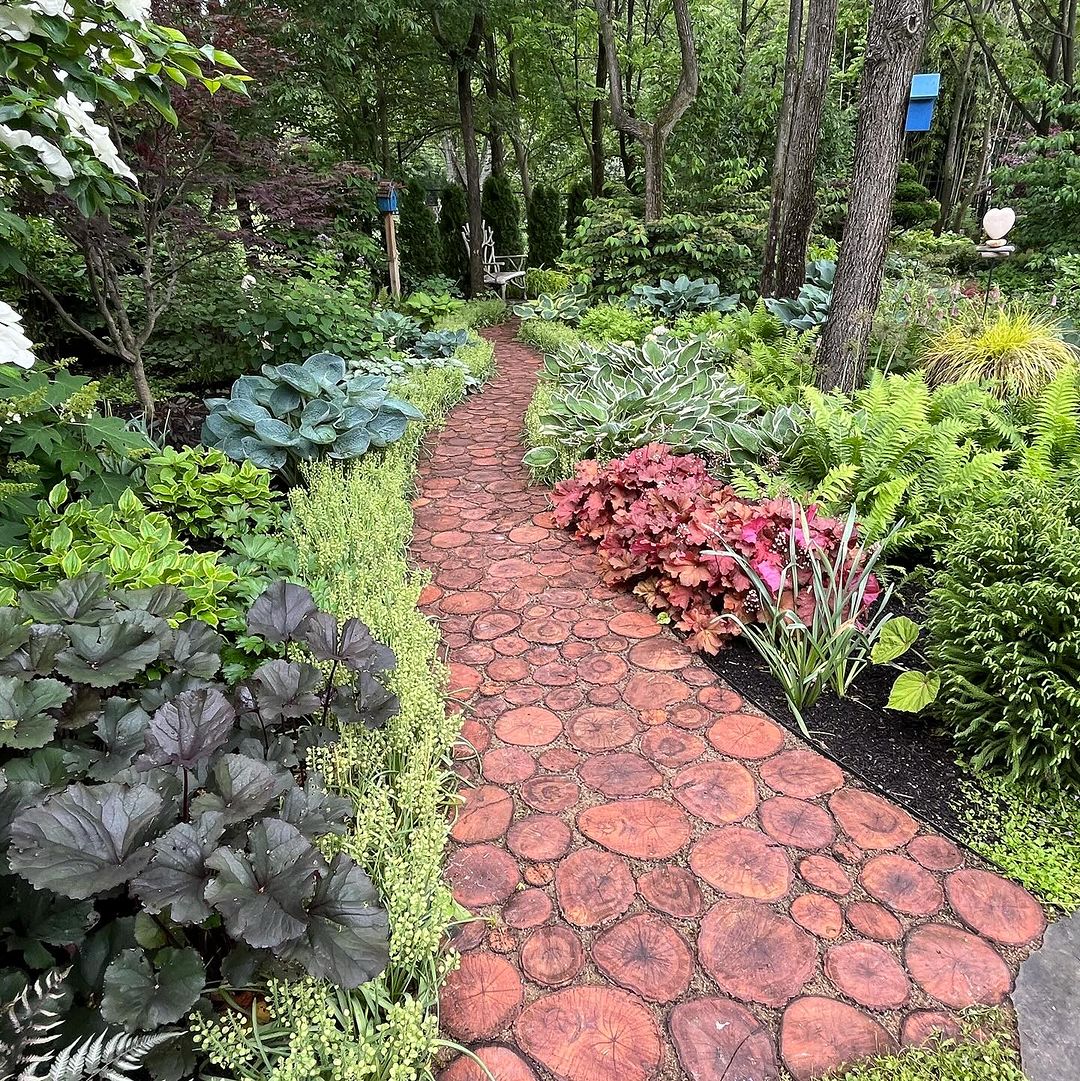
Before creating your own shade garden, consider researching plant types and their specific light requirements to ensure a thriving and harmonious oasis. Open garden from @ wdcgardener
To get some great shade garden design ideas, check the internet and visit local gardens for inspiration. Look for different plants and features that catch your eye. Make a list of plants that thrive in the shade, and think about adding other elements like a pathway, patio, seating area, pergola, statuary, containers, or a water feature to complement your plantings. This will help you create a beautiful and functional shade garden that you can enjoy.
3. Design
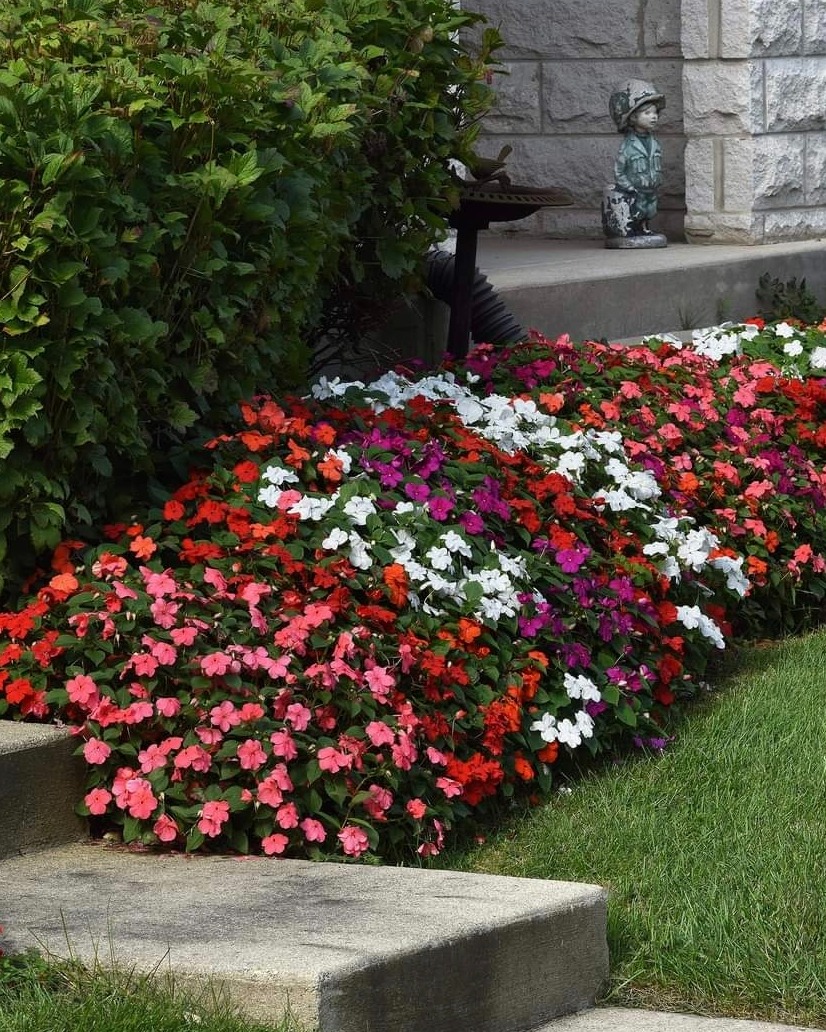
By making plan, you can create a stunning shade garden that’s well thought out and enjoyable. Shade plant from @ capegarden
Start by making a plan and drawing a rough sketch of your shade garden. Include the plants and features you want to incorporate, like pathways, patios, seating areas, pergolas, statuary, containers, or water features. For bigger projects, it might be a good idea to consult with a landscape design professional to ensure everything comes together beautifully and efficiently. 4. Scale Consideration
5. Choose your Favorite Style
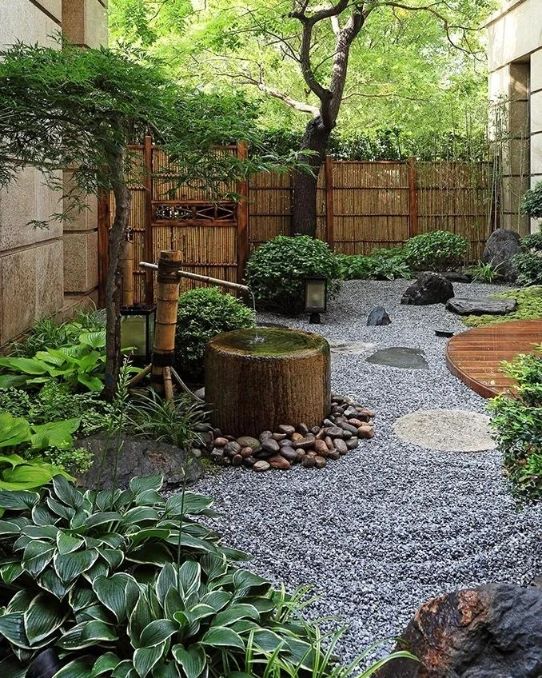
Before creating your own Japanese shade garden, research traditional design principles and plant types to cultivate an authentic and serene space. Japanese garden from @ unique_garden_ideas
Choose a garden style that reflects your personal taste and complements your home’s facade. If you have a contemporary house, a formal Japanese or Asian-style garden might be a perfect match. For a cottage-style home, an informal woodland garden can enhance its charm. The right style will create a cohesive look that ties your garden and home together beautifully.


